Loving is understandable, but is it possible to hate him? Contrary to the legends, we found enough not too pleasant reviews about this handsome man. Although we will not hide, we found much more pleasant ones. Today we have a meeting with one of the most charismatic cars of the 2000s, the Toyota Land Cruiser 100.
Used “Kruzak” is a vast topic, but it was no coincidence that we took the “hundredth” for consideration. The previous generation, the Land Cruiser 80, is already well in years by now, and the contemporary of the "weave", the Land Cruiser 105, is largely a utilitarian car. And besides, with an external similarity and a common platform, it has so many differences with the “hundredth” that these are almost different cars - we talked about this in detail in the material on the choice.
The charisma of the TLC 100, like the one reviewed last time, is a special thing: despite the past years, it is still quite a status car, highly comfortable and richly equipped. The owners treat him incredibly warmly, often “weaving” is a real friend of the family. It is so cool that its pluses are mostly universal values, that is, simply what you would like to see in any car at all (“drive the dream”, as they say), and the minuses are small reservations, nuances in these values .
Love #5: spaciousness
Land Cruiser 100 was produced in versions with two and three rows of seats. And if there are three rows, then all these are full-fledged places - two adults are placed on the third row quite freely. The maximum trunk volume that can be obtained in the Land Cruiser 100 is 2,212 liters with the second and third rows of seats folded down. A full-fledged "sleeping bag" does not work here (but various "tuning" options are in great use), but a couple of children's bikes fit in the trunk while standing, and if necessary, the "Kruzak" transports 700-800 kilograms of cargo in one flight - like a solid pickup truck.
1 / 3
2 / 3
Pictured: Interior of Toyota Land Cruiser 100 "2005–07
3 / 3
Pictured: Interior of Toyota Land Cruiser 100 "1998–2002
Hate #5: The size makes it difficult to park
Such spaciousness is due to the dimensions, and there is a downside to the coin: the TLC 100 is never a city car. With a length of almost five meters (4,890 mm) and a width of two (1,940 mm), finding a suitable parking spot can be difficult. Therefore, when buying a Land Cruiser, you should think about personal parking at work and moving somewhere far away from city yards filled with despicable small cars.
Love #4: looks cool
This model was produced for a decade, from 1998 to 2008, and during this time it went through a couple of restylings that did not fundamentally change the appearance, but only refreshed it. In any performance, the Land Cruiser 100 looked cool, and that is why at one time it firmly settled in the garages of officials and businessmen. Now it no longer “blows off into the right lane” with its very appearance, but it still inspires respect, and the design itself pleases the eye, and it is so monolithic that it will not become outdated for many, many more years.
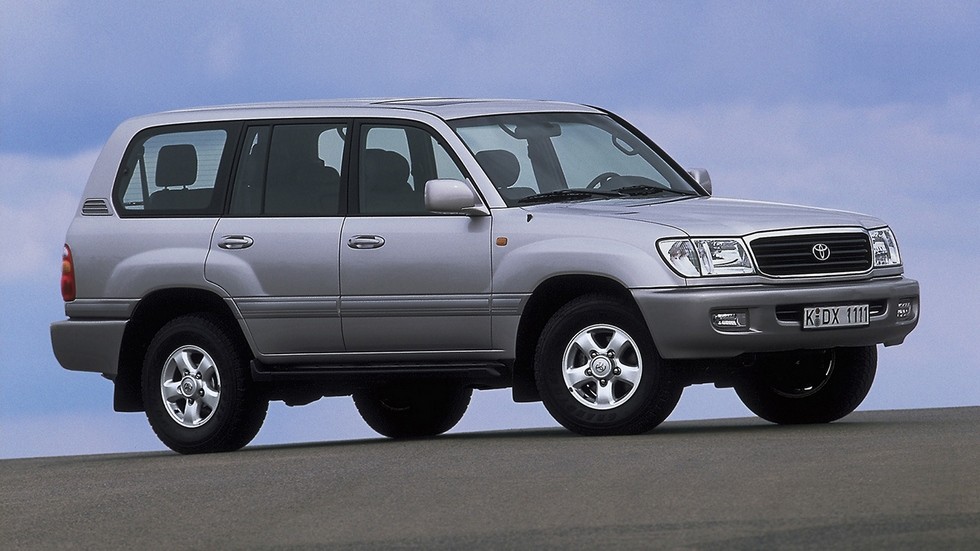 |
 |
Pictured: Toyota Land Cruiser 100 '1998-2002 and Toyota Land Cruiser 100 '2002-05

Pictured: Toyota Land Cruiser 100 ‘2005–07
Hate #4: It still rusts
Despite the excellent quality of painting, the Kruzak body is still subject to corrosion - in those places where dirt and moisture accumulate: fenders, bumpers, windshield frame, rear door. Rust manifests itself in different ways - the bodies of those cars that were operated in sparing conditions and mild climates are practically devoid of it, but those that often kneaded dirt were less fortunate. The same goes for the frame - it is extremely reliable, but still not eternal, and its rear part begins to suffer from corrosion over time. Everything is being repaired, but it cannot be said that this is a simple repair.
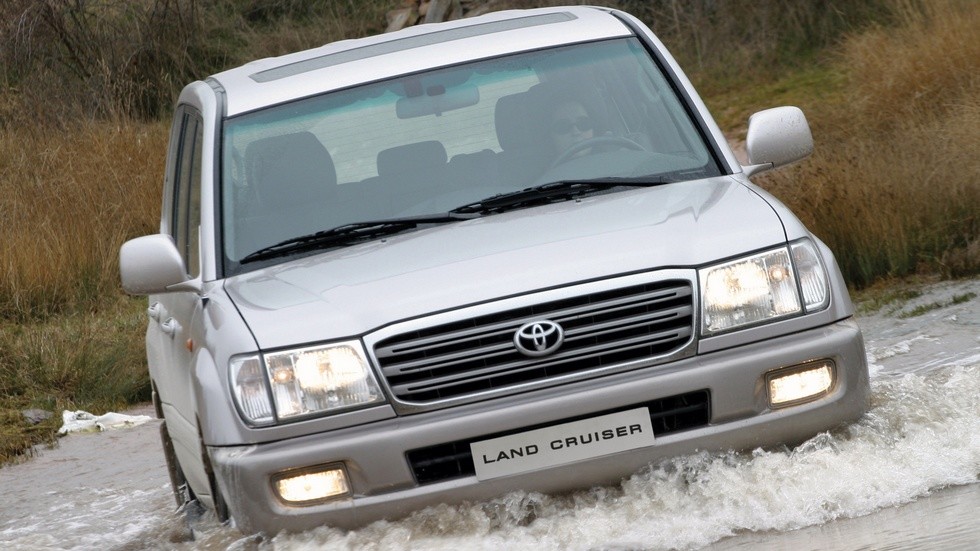
Love #3: high comfort
Oddly enough, the comfort in the TLC 100 is comfort with reservations, because there are those for whom it is not enough, and just for them they came up with the Lexus LX470, built on the same base. But just the same, the laid base provides the lion's share of the buzz, which gives the "Kruzak". A high seating position that provides visibility to the horizon and a sense of security, soft and roomy front seats (you can’t call them seats) with a voluminous armrest between them, as well as the architecture and chassis settings that allow you to “tumble” at speeds of about 100 km / h and on asphalt and dirt. Yes, there are nuances - for example, this car does not like to drive much faster than the same "hundred" even on a very flat road. But so what?
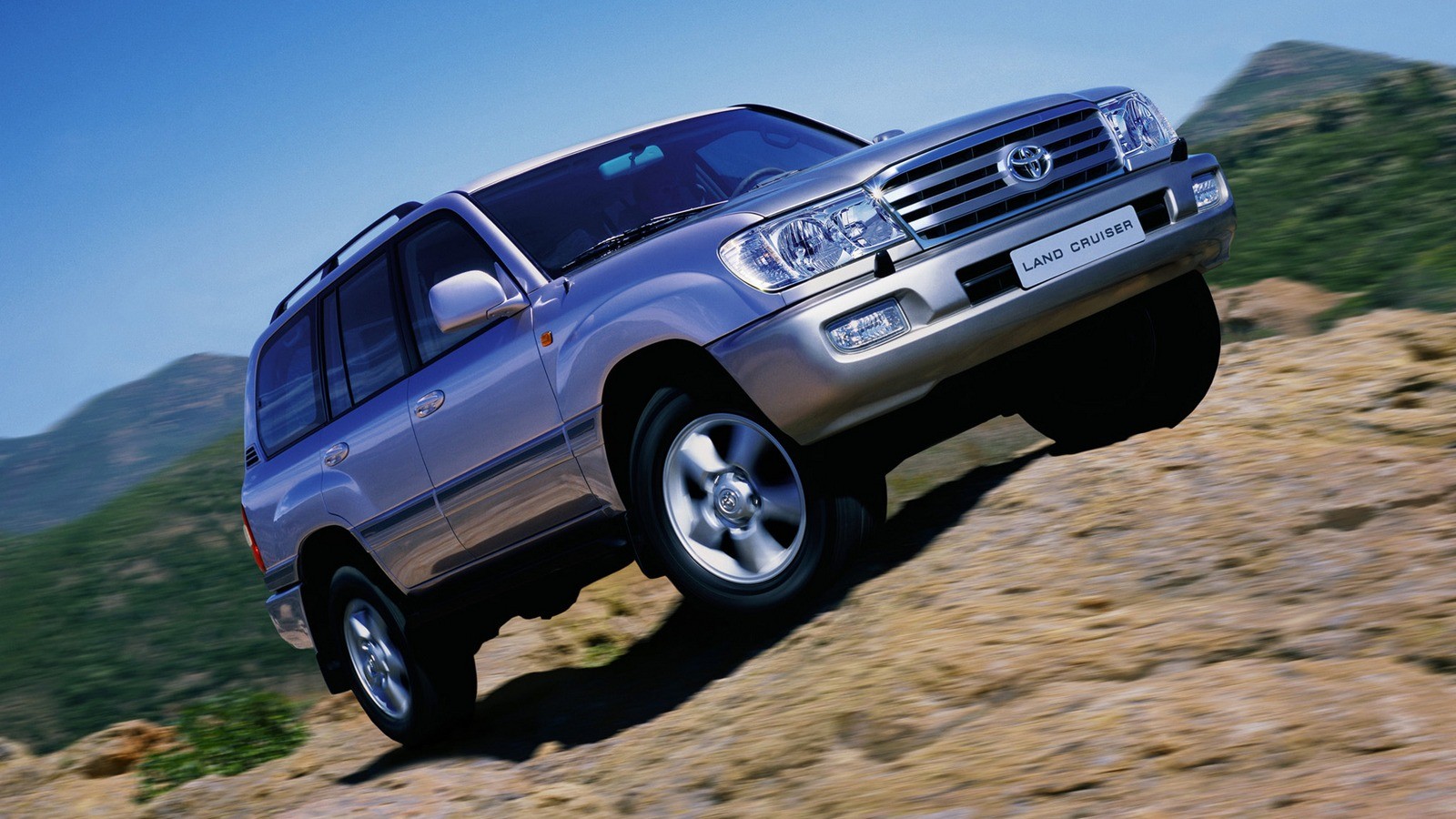
Pictured: Toyota Land Cruiser 100 ‘2005–07
Hate #3: It still breaks
There are legends about the reliability of the Land Cruiser 100, and for the most part they are true. But, as in the case of body corrosion, nothing lasts forever. If the car “staggers” and wears out, then problems begin at about 150,000 kilometers, if the operation is careful, at runs twice as long. Moisture seeps into the foglights, CV joints, steering rack, front gearbox, shock absorbers and other chassis elements end. On turbodiesels, nozzles, a turbine, and high-pressure fuel pumps “die”. But all this - on those runs that seem not very impressive only for the "Kruzak" against the background of its other "millionaire" engines.
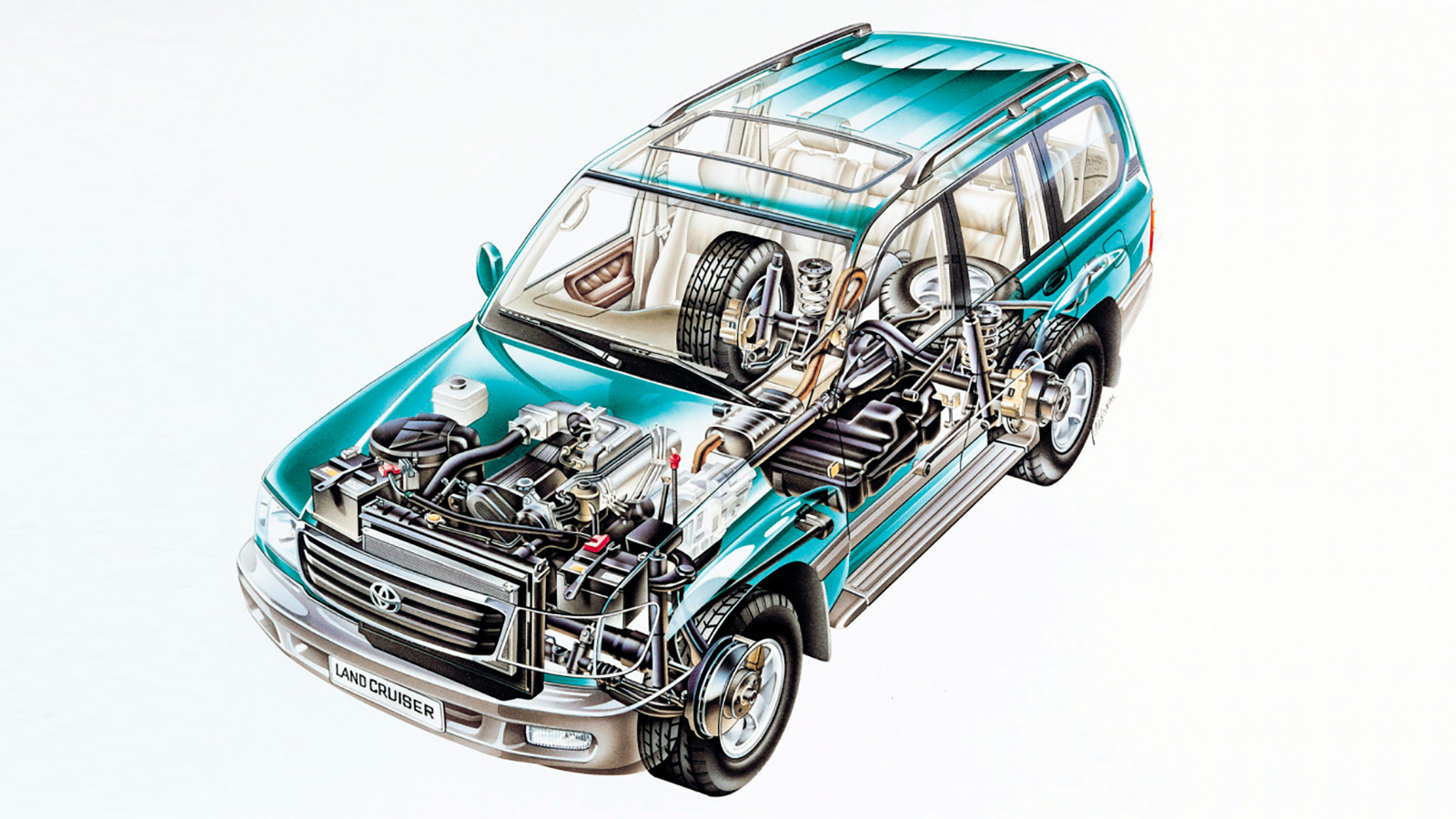
Pictured: Toyota Land Cruiser 100 ‘1998–2002
Love #2: high traffic
"Sotka" is too big, heavy and expensive car to be an uncompromising conqueror of impassable wilds. But if you have some common sense at least sometimes, this car will be able to take you to the office (with the above parking reservations) and fishing trips with equal success. The suspension is very energy-intensive when driving on a dirt road (despite the fact that the car steers well on asphalt), it is reliable even during hard use and allows quite a lot on a serious off-road. Ground clearance of 240 mm, all-wheel drive, lowering the range in the transfer case, locking center and rear axle differentials - in fact, the TLC 100's patency is limited only by the absence of a third lock, some excess weight and geometric nuances like a spare tire hanging on the fifth door. Well, that's common sense.
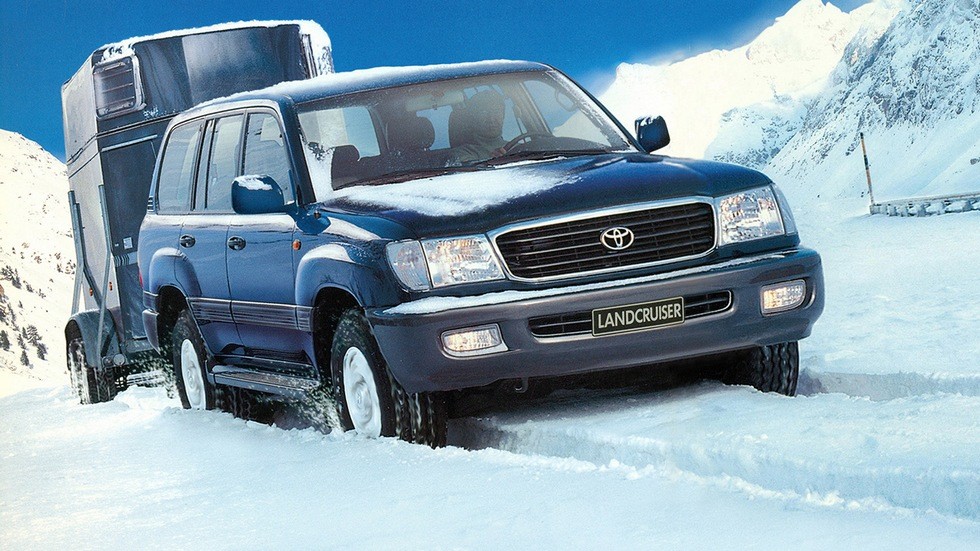
Hate #2: Weak brakes
Despite the fact that the TLC 100 is not a sprinter at all, owners rarely complain about accelerating dynamics, but the brakes are really the weak point of this SUV. "Native" brakes, especially in configurations with heavy V8s under the hood, work to the limit, and pads with discs are "gobbled up" pretty quickly. A common practice immediately after buying a used Kruzak is to change the discs to ventilated ones, and the pads to ceramic ones - both efficiency and resource increase noticeably.
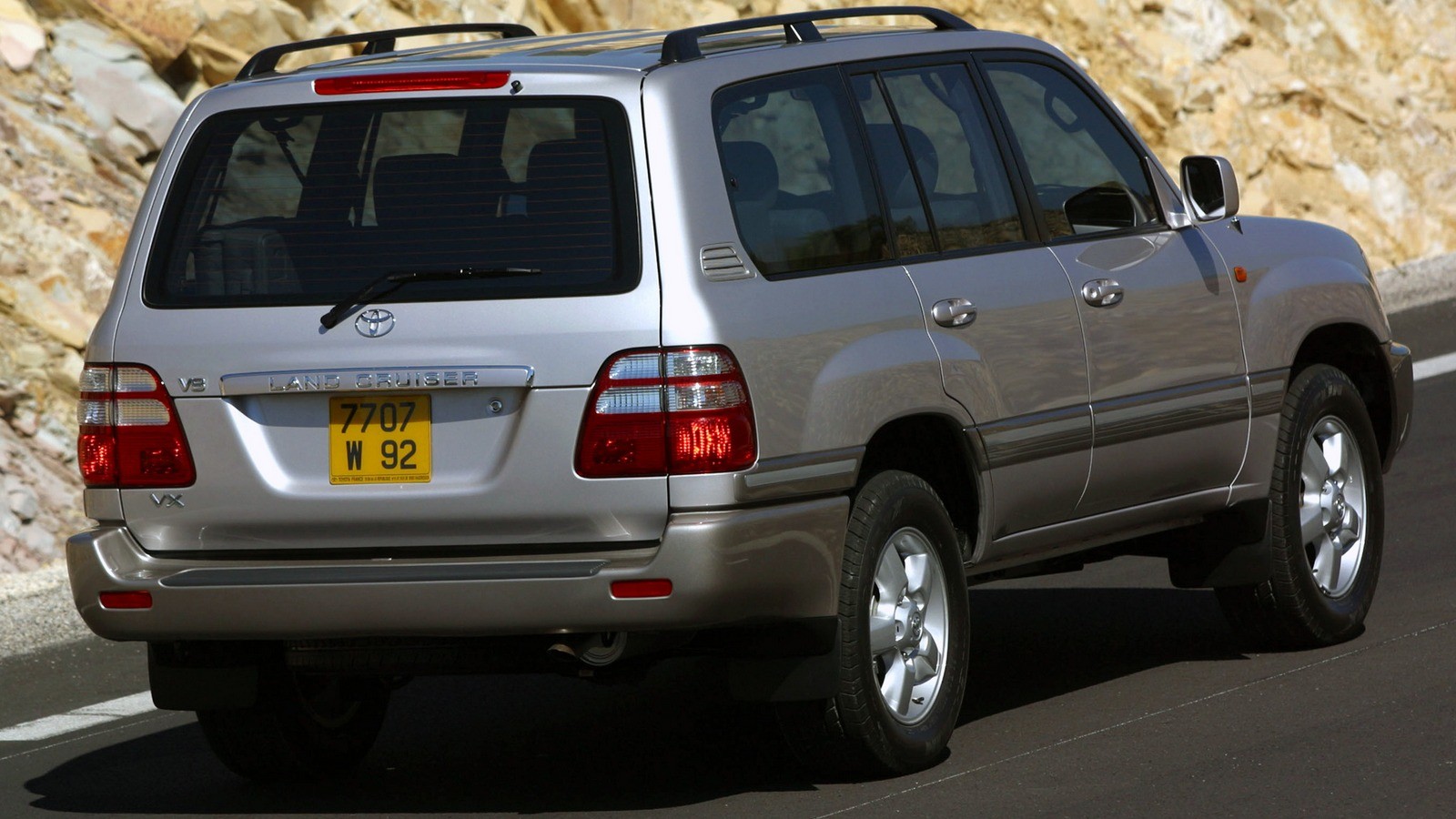
Pictured: Toyota Land Cruiser 100 ‘2002–05
Love #1: Reliability
Yes, and there are reservations in the reliability of the Kruzak: one could dwell on electronically controlled shock absorbers, on the already mentioned age-related problems of turbocharged diesel engines ... But the fact is that these cars are falling very slowly in price - it’s tempting to put it in a separate cause for hatred: less than a million worthy specimens are not worthy of attention. Reliability is what has made and continues to make this car a name. Power units, chassis, body, frame - all this, with the exception of some trifles, has a huge, completely unimaginable resource by today's standards. There is an opinion that in general all breakdowns of the Kruzak are not the fault of the Kruzak. And the automobile god sees, it is not far from the truth.
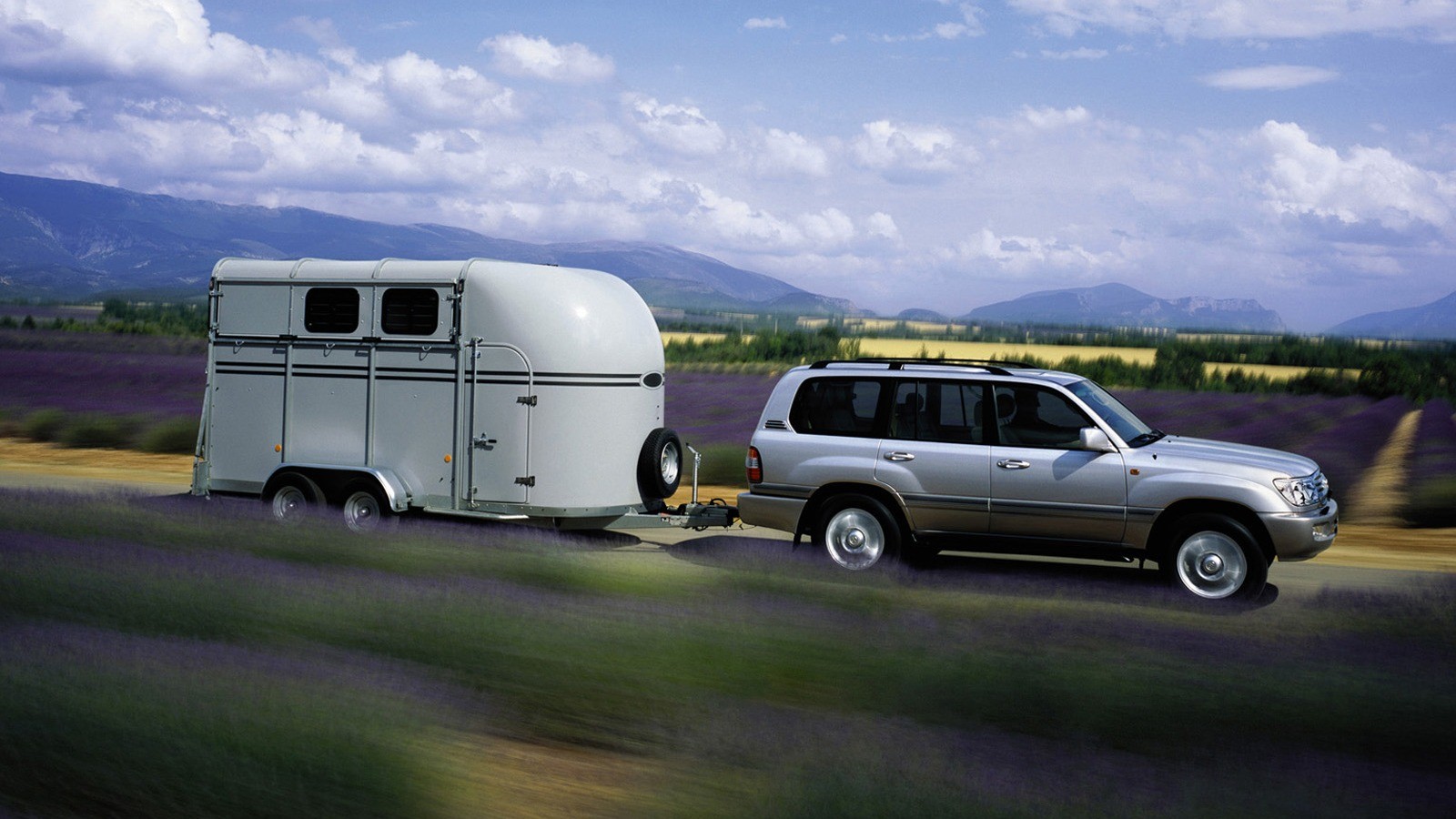
Pictured: Toyota Land Cruiser 100 ‘2005–07
Hate #1: Popular with hijackers
Due to the above, the prestige and high cost resulting from it, as well as shortcomings in the method of applying VIN numbers and the imperfection of the standard anti-theft complex (the internal combustion engine control unit is easily “opened”, and the transmission has no protection at all), TLC 100 has been popular with hijackers since ancient times. Owners, despite the abundance of telematic security systems, prefer not to park cars in unfamiliar places and generally store them in the garage. How do we understand them?
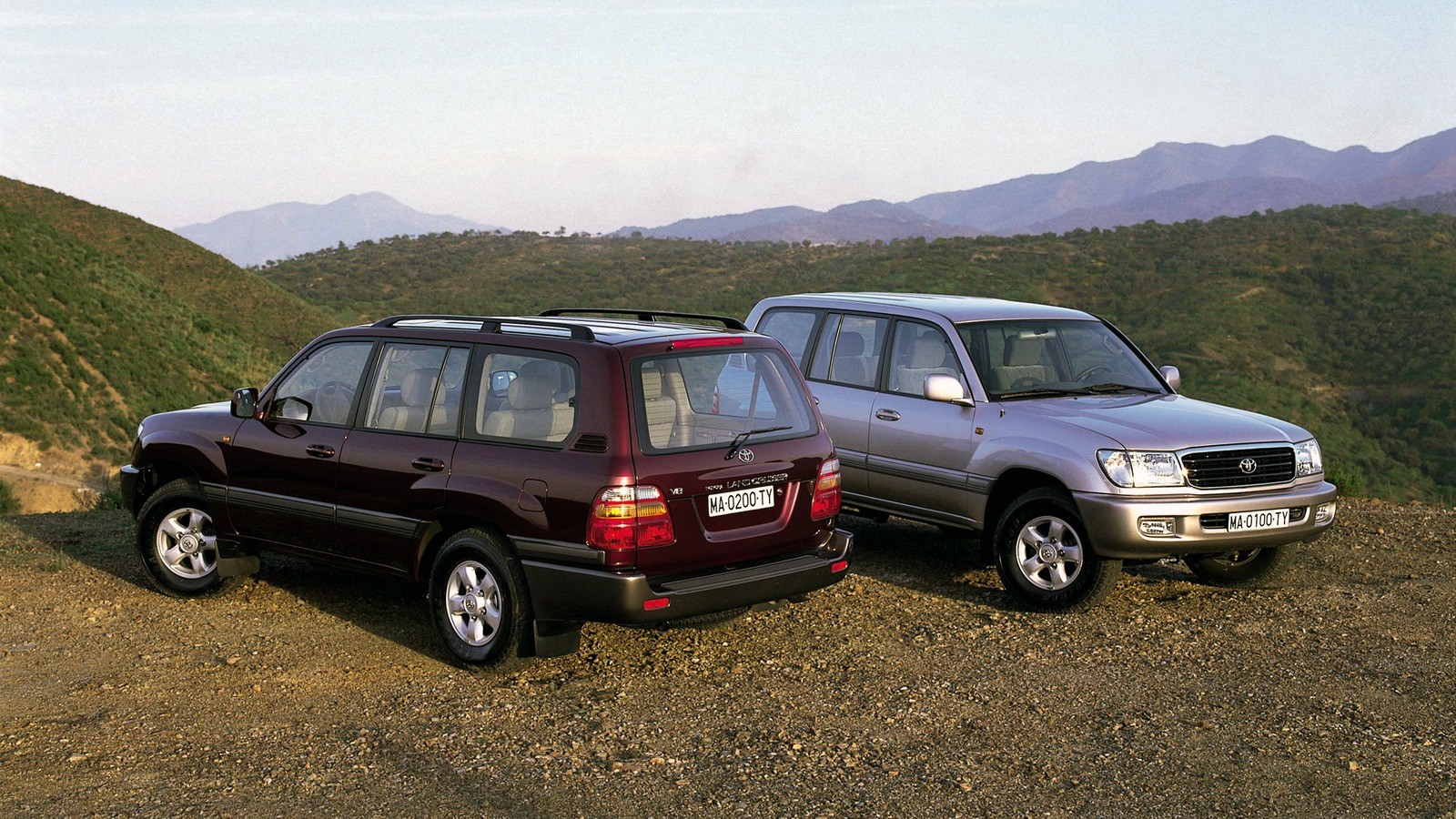
Pictured: Toyota Land Cruiser 100 ‘1998–2002
***
People who have purchased a Land Cruiser very rarely complain about a large transport tax or high fuel consumption - firstly, the consumption on diesel cars is very decent, secondly, these costs do not look unjustified, and thirdly, owners of the TLC 100 have similar questions in general, they don't bother much. Despite its considerable age, this is not an old car. This is a car that needs to grow. And finally - the best, in our opinion, commentary on the topic of today's conversation: "better" weaving "can only be a fresher" weaving ".
